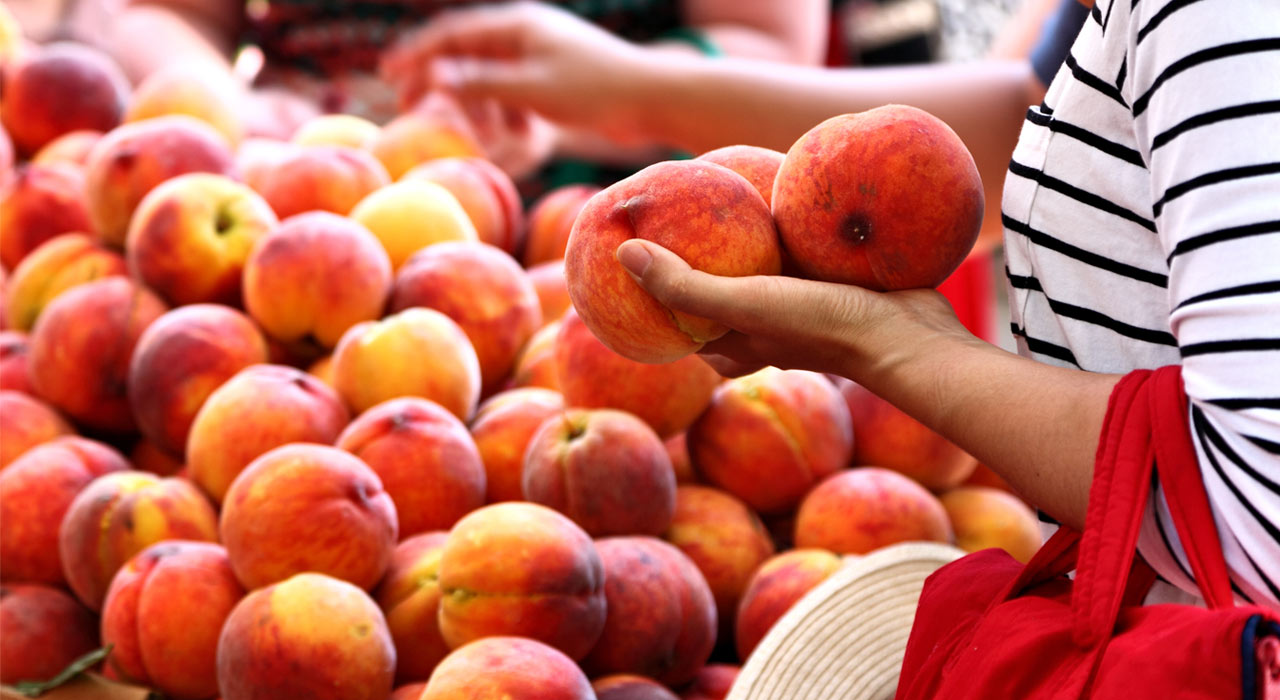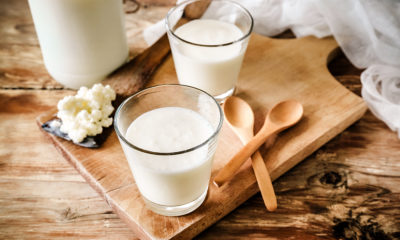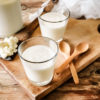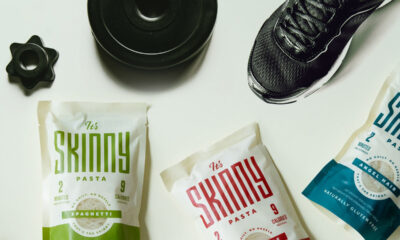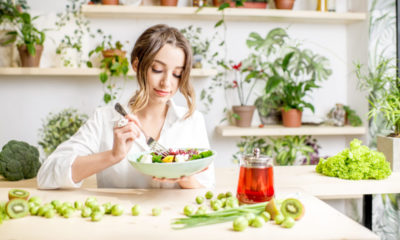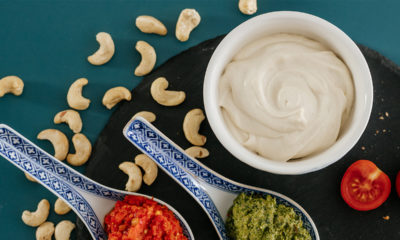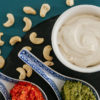Nutrition
Your Guide To Shopping At A Farmers’ Market
Why bother shopping at a farmers’ market when you can get everything you need from your local store? It’s a commonly asked question.
Well, it gives you an opportunity to talk to your local farmers and ask precise questions about their food and products. These might include things like how and where it is grown, what it is made from and how or when it was picked.
At a farmers’ market the produce is often sold to you direct by the people who either grew, reared, caught, pickled, baked, smoked or brewed the produce, so doesn’t involve any middlemen.
Your main incentive is quality of the service because producers are perfectionists when it comes to their own produce and will gladly offer information on how the products were grown, pesticides used (if any), ingredients and advice on the best way to cook and serve their fare.
With all of that added value, it’s not hard to see why the number of farmers’ markets has grown so swiftly. Just remember that everything is harvested in season, which can cause disappointment if you expect strawberries in December.
Here’s your playbook for making sure you’re maximizing the nutrients and value you get from your every outing:
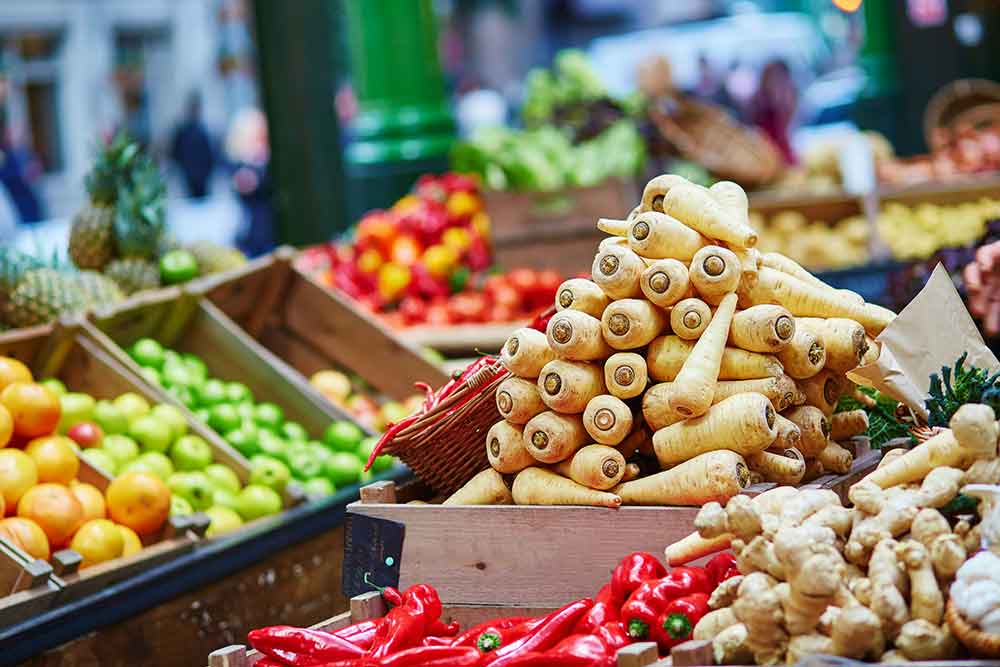
Ask when it was picked
Chances are the guy who picked the produce is in front of you. Eating foods that are in season really does matter nutritionally.
Research presented at Japan’s Vitamin Information Center Press Seminar found spinach had three times more vitamin C when picked in summer versus winter.
There are a range of ways farmers extend the seasons by using greenhouses or polytunnels to protect the produce from colder weather or using uncommon varieties of crops. There’s an excellent chance everything for sale is in season but it’s always smart to check.
Go early or go late
This will ensure you have the pick of the freshest and most varied produce. If you’re not an early riser and like a lie in at weekends, aim to arrive at the tail-end of the market, which is often when the farmers and stands avoid taking produce home with them, so you may be offered discounts on whatever’s left.
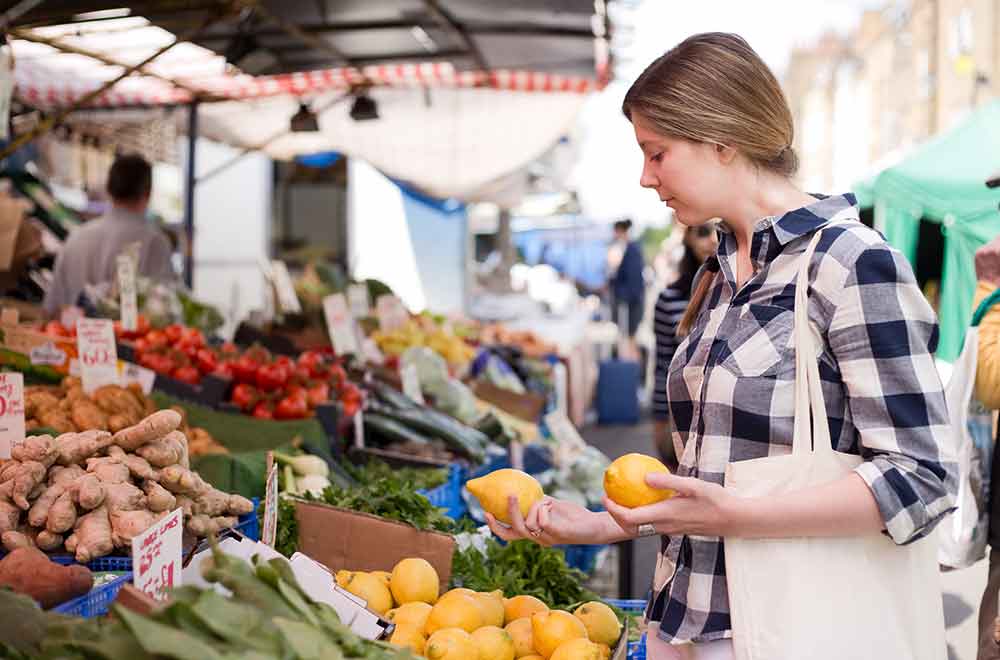
Ask as many questions as you can
The idea behind many farmers’ markets is for you to speak to the producer directly and ask them anything about their production methods, tastes, where it was made or what’s in the ingredient – anything at all.
This is where they surpass supermarkets because traceability is so important, and research at Boise State University, US, found eating organic foods is the best way to limit your exposure to harmful pesticides. That’s something your supermarket checkout person won’t be able to tell you about.
– RELATED: This Is Why You Should Go Organic –
Odds aren’t odds
The produce might be dirty, oddly shaped and not as bright as your supermarket fare but that’s no reason to shy away.
Carrots and beetroots will still have their greens attached and potatoes will be covered in dirt, but this is why they’re nutrient dense. This produce will stay fresh for longer, and, as an added bonus, the green tops of foods, like carrots, make delicious pestos, stews and sautés.
Bring the right hardware
This isn’t your local supermarket so it’s best to be prepared to load up.
Bring your own carry bags, a cooler or a small-wheeled shopping cart because if you buy in bulk you’re bound to negotiate a substantial discount, especially if you have bills at the ready.
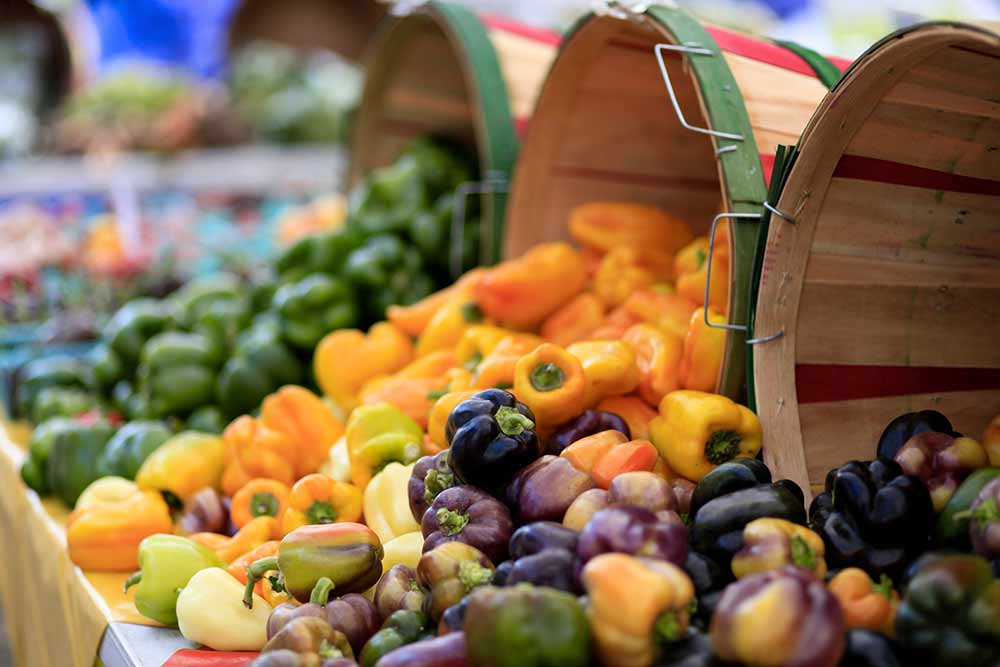
Not all that glistens is gold
There will be plenty of sugar-coated home-baked goods to tempt you but these are still calorific confectionary, even if the seller is the spitting image of your grandma.
These foods don’t have a health halo so ask how much diet-busting butter and sugar you’ll be tucking into.
Do a lap before you buy
Don’t bust open your wallet at the first store. Instead, do a lap of the entire market, trying samples and taking note of the quality and prices.
You don’t want to buy the first bunch of bananas you see only to find a cheaper, tastier bunch a few steps later.
Ask for seconds
There are the fruits and vegetables that might be bruised during transport or that have a few rotten bits that can be easily cut off. They’ll come at a really low price so you can buy a huge amount to take home, cut off the bruised parts, blend and then freeze in ice cube trays to make tasty protein shakes.
There’s a good chance that if you go right at the end of the market you’ll even get these for the price of a nice smile.
For more foodie advice, sign up for the TRAIN for HER newsletter today!


